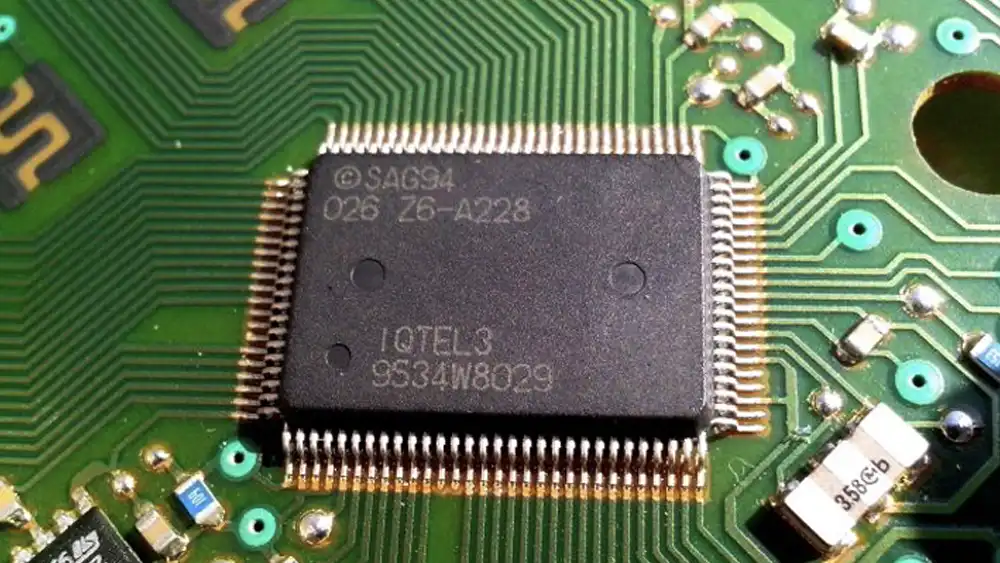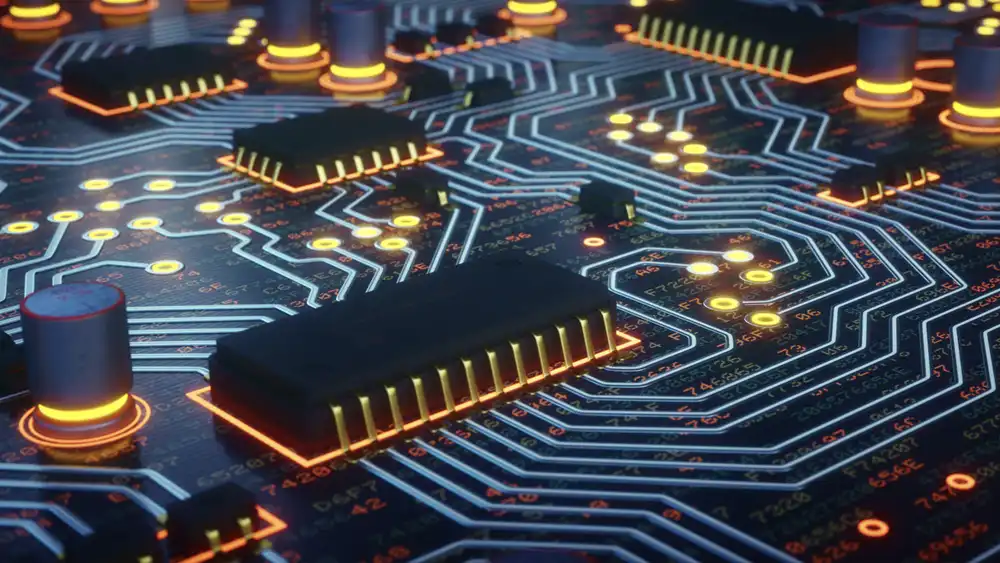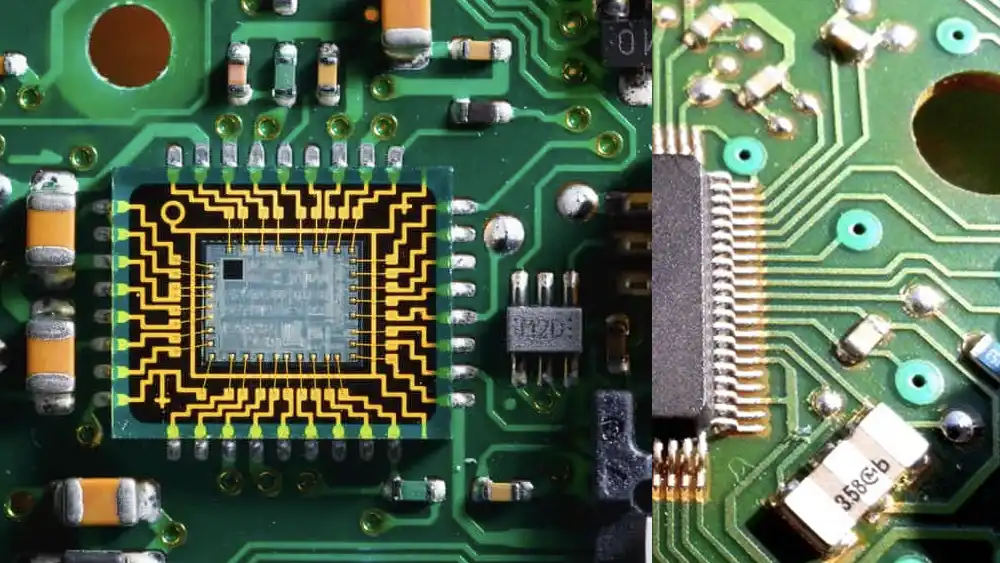Discrete circuits and integrated circuits each play vital roles in the design and function of electronic systems. Discrete circuits consist of individual components like resistors, capacitors, and transistors, all interconnected on a circuit board. They offer flexibility and ease of customization, making them ideal for certain applications and prototyping needs.
On the other hand, integrated circuits revolutionized the electronics industry by packing numerous components into a single, compact chip. This miniaturization has enabled the development of smaller, faster, and more reliable devices, from smartphones to complex computing systems.
In this blog post, we will compare these two types of circuits in detail, highlighting their unique characteristics, advantages, disadvantages, and applications. Whether you’re designing a new electronic device or simply curious about how the gadgets around you work, this guide will provide valuable insights into the world of discrete and integrated circuits. Let’s dive in!
Discrete circuits and integrated circuits (ICs) are fundamental components in the field of electronics, each with distinct characteristics, advantages, and applications. Here’s a detailed comparison of the two:
Discrete Circuits

Discrete circuits are composed of individual electronic components such as resistors, capacitors, transistors, and diodes, which are connected together on a circuit board.
Characteristics:
- Components: Each component is separate and distinct.
- Construction: Components are manually or automatically placed on a printed circuit board (PCB).
- Size: Generally larger due to the physical space required for individual components.
- Heat Dissipation: Easier to manage as components are spread out, making cooling simpler.
- Customization: Highly customizable; engineers can modify individual components to meet specific requirements.
- Repairability: Easier to repair as faulty components can be individually replaced.
- Performance: Performance can be tailored by selecting high-quality individual components.
Advantages:
- Flexibility: Easy to modify and upgrade.
- Simplicity: Good for simple or low-volume designs.
- Component Testing: Individual components can be tested before assembly.
Disadvantages:
- Size and Weight: Larger and heavier compared to ICs.
- Reliability: More connections mean higher chances of failure.
- Power Consumption: Often higher due to the inefficiency of separate components.
- Manufacturing Cost: Higher for large quantities due to manual assembly.
Integrated Circuits (ICs)

Integrated circuits are a set of electronic circuits on a small chip of semiconductor material, typically silicon. These circuits integrate multiple components like transistors, resistors, and capacitors into a single chip.
Characteristics:
- Components: Many components are integrated into a single silicon chip.
- Construction: Fabricated using photolithography and other semiconductor manufacturing processes.
- Size: Significantly smaller due to the high density of components on the chip.
- Heat Dissipation: More challenging due to compact size; often requires heat sinks or cooling systems.
- Customization: Less customizable; designed for specific applications.
- Repairability: Difficult or impossible to repair; usually replaced as a whole unit.
- Performance: Typically higher performance due to shorter electrical paths and optimized design.
Advantages:
- Size and Weight: Much smaller and lighter.
- Reliability: Fewer connections reduce failure points.
- Power Consumption: Generally lower due to efficient design and close component proximity.
- Manufacturing Cost: Lower for high volumes due to mass production techniques.
- Speed: Faster due to shorter distances between components.
Disadvantages:
- Customization: Limited once the IC is fabricated.
- Heat Management: More complex due to high density of components.
- Development Cost: High initial cost for design and fabrication.
- Repairability: Difficult to repair; whole IC needs to be replaced if it fails.
Applications
Discrete Circuits:
- Prototyping and experimentation.
- Custom electronics where flexibility is needed.
- Applications where space and weight are less critical.
- High-power applications where heat dissipation is a concern.
Integrated Circuits:
- Consumer electronics (smartphones, computers, etc.).
- High-volume manufacturing.
- Applications requiring compact and lightweight designs.
- Complex and high-speed computing tasks.
Discrete circuits offer flexibility and simplicity, making them suitable for certain applications and prototyping. Integrated circuits, on the other hand, provide miniaturization, high performance, and cost efficiency for large-scale production, making them ideal for most modern electronic devices.
Discrete Components vs Integrated Circuits

In the world electronics, understanding the distinction between discrete components and integrated circuits (ICs) is essential. Both play crucial roles in electronic design and functionality, but they do so in different ways. Here’s an in-depth look at discrete components versus integrated circuits:
Discrete Components
Definition: Discrete components are individual electronic parts such as resistors, capacitors, transistors, and diodes, each performing a specific function within a circuit.
Characteristics:
- Separate Elements: Each component is distinct and performs a specific function.
- Manual Assembly: Components are placed and soldered onto a printed circuit board (PCB).
- Size and Weight: Generally larger and heavier compared to ICs.
- Customization: High degree of customization; each component can be individually selected for specific needs.
- Repair and Replacement: Faulty components can be easily identified and replaced.
- Heat Management: Easier to manage due to physical separation of components.
Advantages:
- Flexibility: Easy to modify and adapt for specific purposes.
- Simplicity: Ideal for simple circuits and prototypes.
- Component Testing: Each part can be tested before and after assembly.
- Repairability: Easy to replace faulty parts.
Disadvantages:
- Space and Weight: Larger, making them less suitable for compact devices.
- Reliability: Higher potential for connection failures due to numerous solder joints.
- Power Consumption: Often higher due to the inefficiency of separate components.
- Production Cost: Higher costs for large-scale production due to manual assembly.
Integrated Circuits (ICs)
Definition: Integrated circuits combine multiple electronic components into a single chip of semiconductor material, typically silicon.
Characteristics:
- Single Chip: Many components like transistors, resistors, and capacitors are integrated into one chip.
- Automated Manufacturing: Fabricated using advanced semiconductor processes.
- Size and Weight: Extremely compact and lightweight.
- Standardization: Less customizable; designed for specific applications.
- Repair and Replacement: Difficult to repair; often replaced as a whole unit.
- Heat Management: More challenging due to high density of components.
Advantages:
- Miniaturization: Allows for very small and lightweight designs.
- Reliability: Fewer external connections reduce potential failure points.
- Power Efficiency: Lower power consumption due to efficient design.
- Production Cost: Lower for high-volume production due to automated processes.
- Speed: Faster operation due to short electrical paths between components.
Disadvantages:
- Customization: Limited once the IC is manufactured.
- Heat Dissipation: More complex cooling solutions needed for high-performance ICs.
- Development Cost: High initial design and fabrication costs.
- Repairability: Difficult to repair; entire IC is replaced if it fails.
Applications
Discrete Components:
- Prototyping and testing new designs.
- Custom and low-volume electronic projects.
- High-power applications requiring robust heat management.
- Educational purposes to teach basic electronic principles.
Integrated Circuits:
- Consumer electronics (smartphones, tablets, computers).
- High-volume manufacturing and mass-produced devices.
- Complex computing systems requiring high performance.
- Space-constrained applications (wearable technology, medical devices).
Conclusion
In conclusion, both discrete circuits and integrated circuits (ICs) are essential in the field of electronics, each serving unique purposes and offering distinct advantages. Discrete circuits, composed of individual components, provide flexibility and ease of customization, making them ideal for prototyping, educational purposes, and specialized applications where specific component selection is crucial. They are also easier to repair, as individual faulty components can be replaced.
Choosing between discrete circuits and integrated circuits depends on the specific requirements of your project. For custom, low-volume, or educational projects, discrete components might be the best choice. For high-volume, high-performance, and space-constrained applications, integrated circuits are typically the preferred option.
Whether you’re a hobbyist, a student, or a professional, understanding the nuances between discrete circuits and integrated circuits can greatly enhance your projects. Explore our resources, join our community discussions, and start experimenting with both types of circuits today.




















